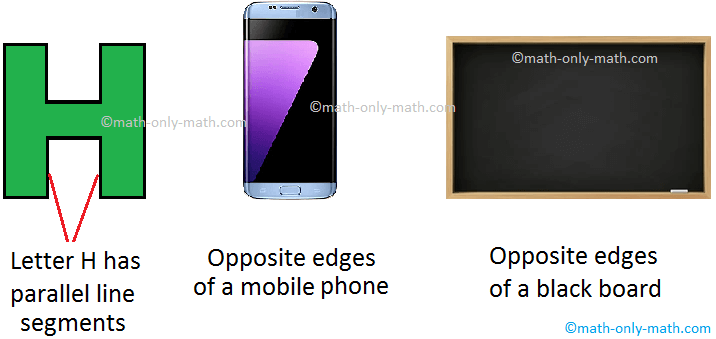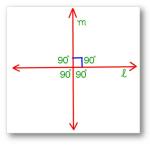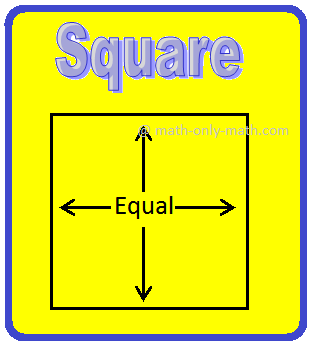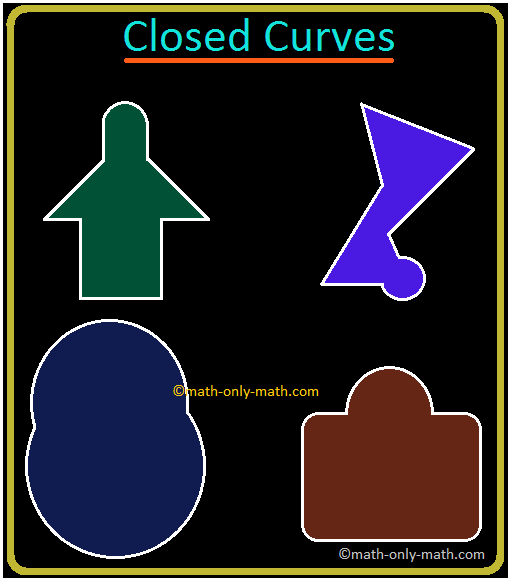Dividend and Rate of Dividend
We will discuss here about the dividend and rate of dividend. The part of the annual profit of a company distributed among its shareholders is called dividend. The dividend is always declared by the company on the face value (FV) of a share irrespective of its market value. The rate of dividend is expressed as a percentage of the face value of a share per annum.
Definition of Dividend: The profit which a share holder gets (out of the profits of the company) for his investment from the company is called dividend.
I. Meaning of the statement “r % $ 100 shares at $ P”
The statement r % $ 100 shares at $ P means the following:
1. The face value of a share is $ 100.
2. The market value of a share is $ P.
3. The dividend (profit) on a share is r % on NV, i.e., $ r per annum.
4. The income from one share for one year is $ r on $ P.
II. Meaning of the statement “r % $ K shares at $ P”
The statement r % $ K shares at $ P means the following:
1. The face value of a share is $ K.
2. The market value of a share is $ P.
3. The dividend (profit) on a share is r% on $ K, i.e., $ \(\frac{rK}{100}\) per annum.
4. The income from one share for one year is $ \(\frac{rK}{100}\)on $ P.
For Example:
“20 % of $ 100 shares at $ 140” means that
1. The face value of a share is $ 100.
2. The MV of 1 share is $ 140.
3. The dividend on 1 share is 20 % of $ 100 = $ 20 per annum.
4. The income from on $ 140is $ 20 for one year.
Similarly, “25 % of $ 35 shares at a discount of $ 15” means that
1. The NV of a share is $ 35
2. The MV of 1 share is $ 35 - $ 15 = $ 20.
3. The dividend on 1 share is 25 % of $ 35 = $ (\(\frac{25}{100}\) × 35) = $ 8.75 per annum.
4. The income from on $ 20 is $ 8.75 for one year.
● Shares and Dividends
- Share and Value of Shares
- Dividend and Rate of Dividend
- Calculation of Income, Return and Number of Shares
- Problems on Income and Return from Shares
- Problems on Shares and Dividends
- Worksheet on Basic Concept on Shares and Dividends
- Worksheet on Income and Return from Shares
- Worksheet on Share and Dividend
From Dividend and Rate of Dividend to HOME
Didn't find what you were looking for? Or want to know more information about Math Only Math. Use this Google Search to find what you need.
Recent Articles
-
What are Parallel Lines in Geometry? | Two Parallel Lines | Examples
Apr 19, 24 04:39 PM
In parallel lines when two lines do not intersect each other at any point even if they are extended to infinity. What are parallel lines in geometry? Two lines which do not intersect each other -
Perpendicular Lines | What are Perpendicular Lines in Geometry?|Symbol
Apr 19, 24 04:01 PM
In perpendicular lines when two intersecting lines a and b are said to be perpendicular to each other if one of the angles formed by them is a right angle. In other words, Set Square Set Square If two… -
Fundamental Geometrical Concepts | Point | Line | Properties of Lines
Apr 19, 24 01:50 PM
The fundamental geometrical concepts depend on three basic concepts — point, line and plane. The terms cannot be precisely defined. However, the meanings of these terms are explained through examples. -
What is a Polygon? | Simple Closed Curve | Triangle | Quadrilateral
Apr 19, 24 01:22 PM
What is a polygon? A simple closed curve made of three or more line-segments is called a polygon. A polygon has at least three line-segments. -
Simple Closed Curves | Types of Closed Curves | Collection of Curves
Apr 18, 24 01:36 AM
In simple closed curves the shapes are closed by line-segments or by a curved line. Triangle, quadrilateral, circle, etc., are examples of closed curves.





